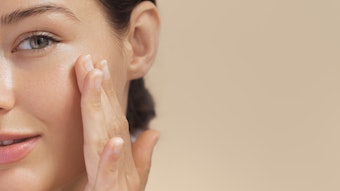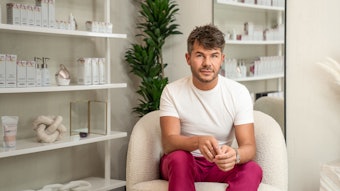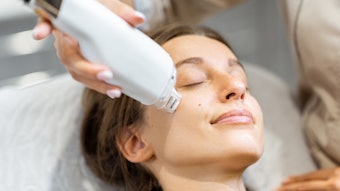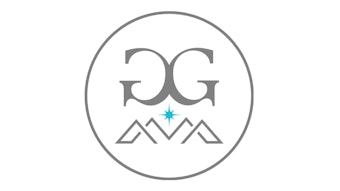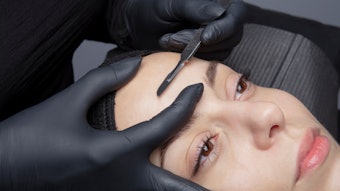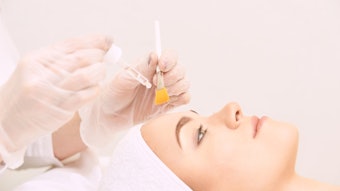
Only on SkinInc.com: Exclusive commentary from Sam Rizk, MD, New York plastic surgeon, is included in this news item providing a checklist for teen rhinoplasty surgery, offering information including surgical details, motivations and warning signs.
Among teens, rhinoplasty—surgery to correct the appearance of the nose—is the most popular plastic surgery procedure, according to the American Academy of Facial Plastic and Reconstructive Surgeons. But how do you know when it’s time to let your teen have the operation? After all, the procedure has emotional, as well as physical implications.
“The first thing I try to ascertain, is if teens are being pushed to do it by somebody else, whether they are doing it for themselves, or if it is a combination of external and internal factors,” says New York facial plastic surgeon, Sam Rizk, MD, FACS, who recently appeared in a segment about teen plastic surgery on NBC’s Today.
Factors that can influence a teen’s desire for “a nose job” include peer or parental pressure, celebrity and media ideals, and the belief that a change in their appearance will alleviate teasing or bullying in school.
In addition, reasons to consider rhinoplasty are divided between cosmetic and functional goals. Sports and accident-related injuries or a congenital malformation of the nose may affect a teen’s ability to breathe easily, a condition that can be corrected with surgery.
Other teens seek surgery for purely aesthetic objectives. “When considering surgery for cosmetic reasons, the rhinoplasty must improve the appearance of the teen. I’m not talking about just a small little deformity. Surgery is advisable only when it is a major deformity that is affecting the teen’s self esteem, confidence and appearance,” says Rizk.
A rhinoplasty procedure can be safely and effectively performed on girls at age 14 and boys at age 15. In addition to meeting with the teen patient, a plastic surgeon must meet with the parents to ensure that all parties are in agreement and can provide the necessary support.
Teen rhinoplasties differ in several ways from surgeries for adults. Teens tend to want much more dramatic changes in the shape and size of their noses than adults do. In addition, teens heal quicker than adults and their skin is more elastic, allowing for better results and quicker recovery. Teens can expect to return to school in one week, wearing a nasal splint.
Typically, the procedure is performed during school breaks or summer vacation—often during the summer between high school and college—in order to avoid missing class. After rhinoplasty, a teen can resume exercise in two weeks and playing contact sport in six weeks.
Rizk performs more than 150 rhinoplasties a year on teens. As with surgery for adults, he uses his 3-D endoscopic high definition system, which allows for better visualization during the procedure, creating a very natural looking nose, and promoting a quicker, less painful recovery.
So if your teen is considering rhinoplasty, make sure his or her expectations are realistic. In addition to smoothing a bump, or altering a bulbous or drooping nasal tip, rhinoplasty tends to have a great emotional impact on teens, removing stress and increasing feelings of self worth. At the same time, Rizk advises that surgery is not a cure all and if deep social or emotional problems exist, the teen patient should seek professional psychological help.
Sam Rizk, MD, New York plastic surgeon, tells SkinInc.com how to work with this delicate patient demographic, including what drives them, how to choose the right candidates and what they can expect.
Teen Rhinoplasty Checklist From New York plastic surgeon Sam Rizk, MD:
What age is rhinoplasty appropriate? For girls, usually 15–16 years old. For boys, slightly older, 16–18 years old is generally preferred.
What anesthesia is used? In most cases, general anesthesia is used for teenage patients, which puts them in a deep sleep so they will not feel anything during the operation or have any memory of it. In some cases, twilight anesthesia may be used for smaller procedures.
How long is the surgery? One to two hours is typically required.
What are the most common reasons teens have rhinoplasty? Teens typically want a hump removed or reduced, or to straighten out the bridge of the nose. Another common complaint is a large, hanging or bulbous tip that they want to have reshaped. Some teens do not like the size of the nose because it is too large for their face, and/or the size or shape of their nostrils. In some cases, after a traumatic or sports injury, there may be problems with breathing as well. I will often repair a deviated nasal septum at the same time as cosmetic alteration in these cases. Many teens also have a chin implant or facial liposuction at the same time as a rhinoplasty to improve their profile.
Who is a good candidate? In general, teens should first discuss the idea of undergoing a rhinoplasty with their parents. Teens are minors and will require parental consent to have a consultation under the age of 18. The teenager should be mature enough to understand that rhinoplasty is a serious operation, and be fully informed of the possible side effects, complications and results. The teens that tend to do best with surgery are well-adjusted with a good support system at home, and very motivated to have the surgery.
What are some possible warning signs? If the teen thinks that having a bump taken off his or her nose is going to solve all their problems or fix their social life, that is a red flag. If the teen shows signs of depression or body dysmorphia, these are definite warning signs and parents should consider intervention with a therapist or social worker. Patients who are overly concerned and obsessive about a small or minor flaw or asymmetry are often not ideal candidates for any cosmetic or elective procedure. I am also more cautious with teens who bring in photographs of their favorite celebrities, supermodels or singers as examples of what their nose should look like. These are often very unrealistic and will be hard to satisfy.
What are the risks? Recovery from rhinoplasty takes time and patients need support from family and friends. There will be swelling, bruising around the eyes is possible, and most patients have a splint with a gauze drip pad immediately after surgery for several days. There will be some discomfort for 24–72 hours. The end results of rhinoplasty will not be present for at least six weeks and the final result may take 6-12 months to be visible. Some teen patients get easily discouraged that the healing process takes too long.




